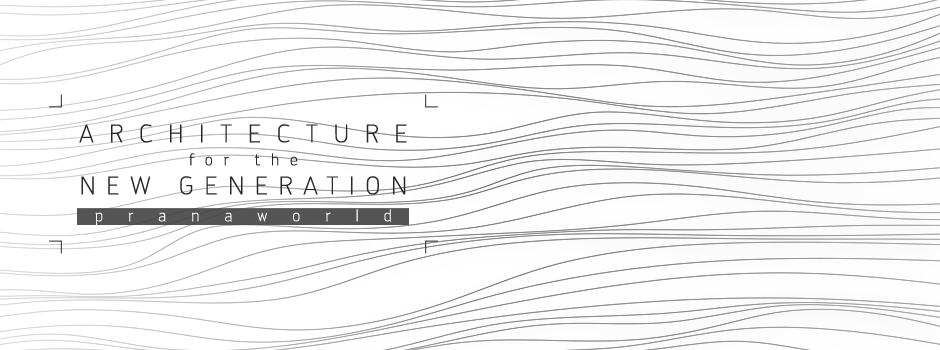
There are many approaches to architecture design presented by great philosophers and thinkers throughout history which portraits different faces of dwelling space from being a “place of the soul” to a “machine for living.” Besides such theories which is often the view of an individual towards the existence of the house, the very essence of dwelling architecture has been even discussed by ancient cultures as early as 6000 BC through religious scriptures and textbooks such as Rig Vedas which shows the importance of this piece of architecture in the life of its inhabitants.
According to Rig Veda, architecture of the ancient times was closely associated with religion. Considering architecture as a religious act basically refers to the respect that the traditional man has shown to nature. In the Upanishads which are based on Vedas, four essential theories are described as the basic principles of the universe which should also be applied in the construction of any piece of architecture summarized as:
– the laws of nature are the source of order and harmony in the universe,
– every being in nature is animated,
– all beings are interconnected, and
– originated from a supreme creative energy. M. Cox & Eden Karn
While the first principle abandons the creation of random and unusual architectural forms, the second principle denotes the importance of the invisible energies or vibrations in nature, which can be used in favor of man. The third principle invokes respect and preserve to all creation while the importance of subtle energies is addressed by the fourth principle.
In fact there believed to be a strong connection between the laws and processes that governs the world of nature and the laws which govern the human body, which should be regarded while constructing any piece of architecture. It was traditionally believed that house as a container has direct impacts on shaping the character of the inhabitants and its form and directions can even attract luck or bring misery. Therefore there used to be careful observations on the location, design and construction of the dwelling areas. In order to assure the quality of the houses being built, there was a set of well-established rules and principles whose application was mandatory by the traditional architects. Such rules and principles were basically excerpted from the thorough study of the human bodies and how they are affected by the surrounding environment which to traditional cultures was considered beyond the visible physical manifestations and was inclusive of all the invisible forces such as the magnetic fields, vibrations and subtle energies.
In fact there believed to be a strong connection between the laws and processes that governs the world of nature and the laws which govern the human body, which should be regarded while constructing any piece of architecture. It was traditionally believed that house as a container has direct impacts on shaping the character of the inhabitants…
For the traditional man, human was far beyond the physical existence, therefore his place of living used to be designed to nourish his whole being including his emotions, mind and even his spirit.
As early as 1930’s the existence of the etheric (energy) body was scientifically approved by Russian scientists that gave further credit to the traditional sciences of architecture such as Vastu Shastra and Feng Shui. Although a great number of architects and lay men started to look into such sciences to improve the quality of built environment, not much research and awareness programs were conducted to validate and introduce the ancient practices.
As the awareness on spirituality and healthy living is increasing day by day, there is an intensive need to provide the knowledge of creating architectural places with proper design and interior decorations which can nourish the inhabitants at all levels of experience.
To the extent that we are aware of, the future generation of human kind will be extremely sensitive to energies influenced by architectural forms, construction and materials. “Architecture for New Generation” movement is an attempt to study the effect of architecture and interior design in the human life and lifestyle based on the teachings and practices of Pranic Healing, Pranic Feng Shui and Arhatic Yoga.
References
- Behagavad Gita. (1998-2009). Retrieved from Bhagavad Gita Trust : http://www.bhagavad-gita.org/Gita/verse-10-29.html
- Bhattacharya, T. (1974). A Study on Vastuvidya or Canons of Indian Architecture. The United PRR Patna.
- Day, C. (2004). Places of the Soul: Architecture and Environmental Design as a Healing Art. Architectural Press.
- Hari, A. R. (2000). Amazing science of vaastu. A.R.Hari.
- M. Cox, K., & Eden Karn, A. (2000). Vastu Living: Creating a Home for the Soul. Marlowe.
- Master Choa Kok Sui. (2006). Miracles Through Pranic Healing: Practical Manual on Energy Healing. Institute for Inner Studies Publishing Foundation.
- Master Choa Kok Sui. (2009). The Chakras and their Functions. Bangalore: Institute for Inner Studies Publishing Foundation India Private Limited.





0 Comments